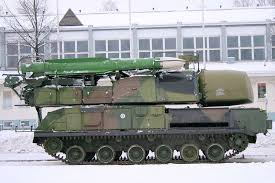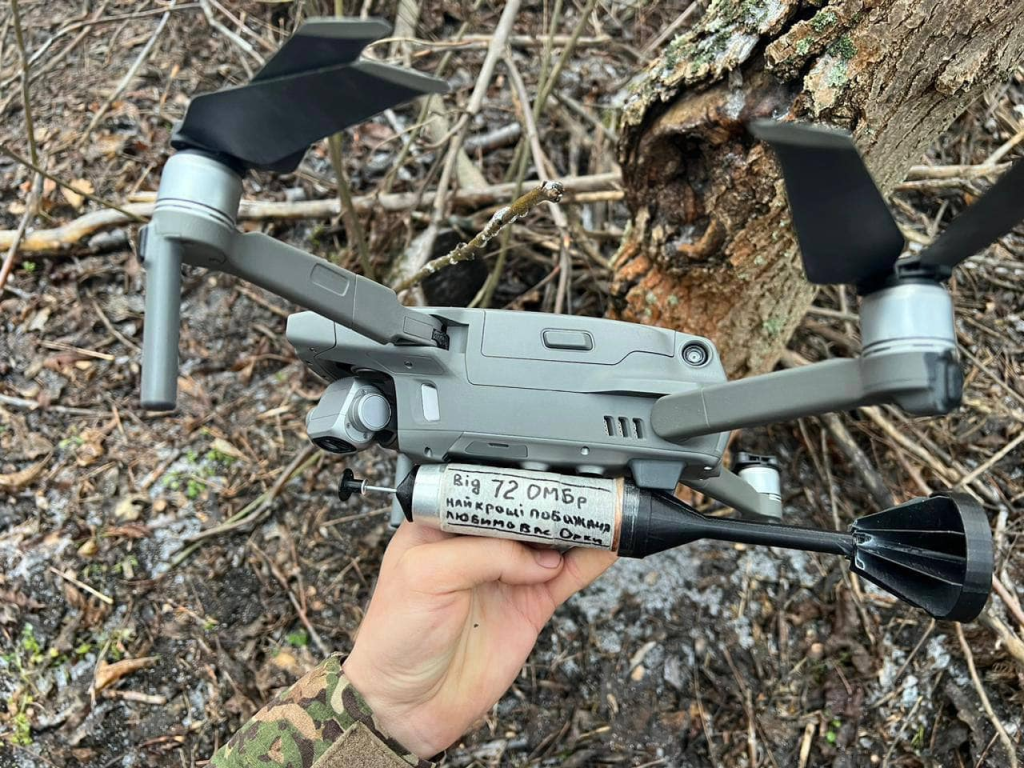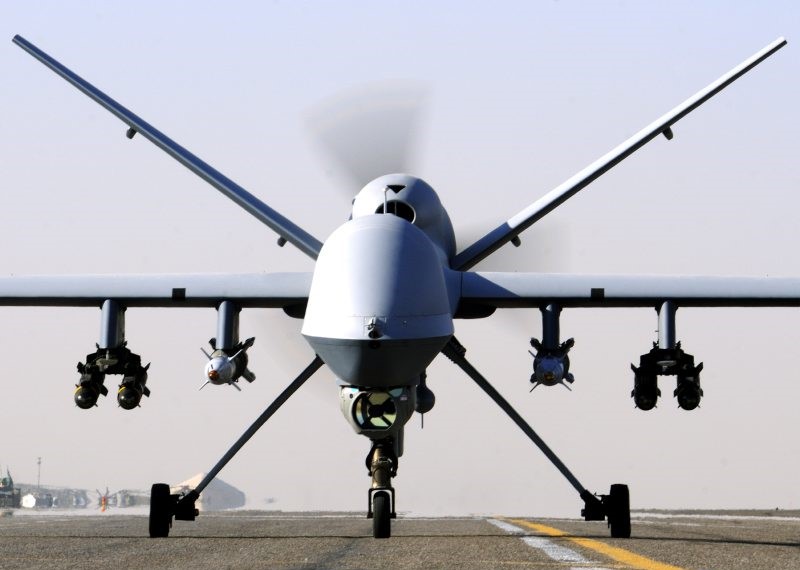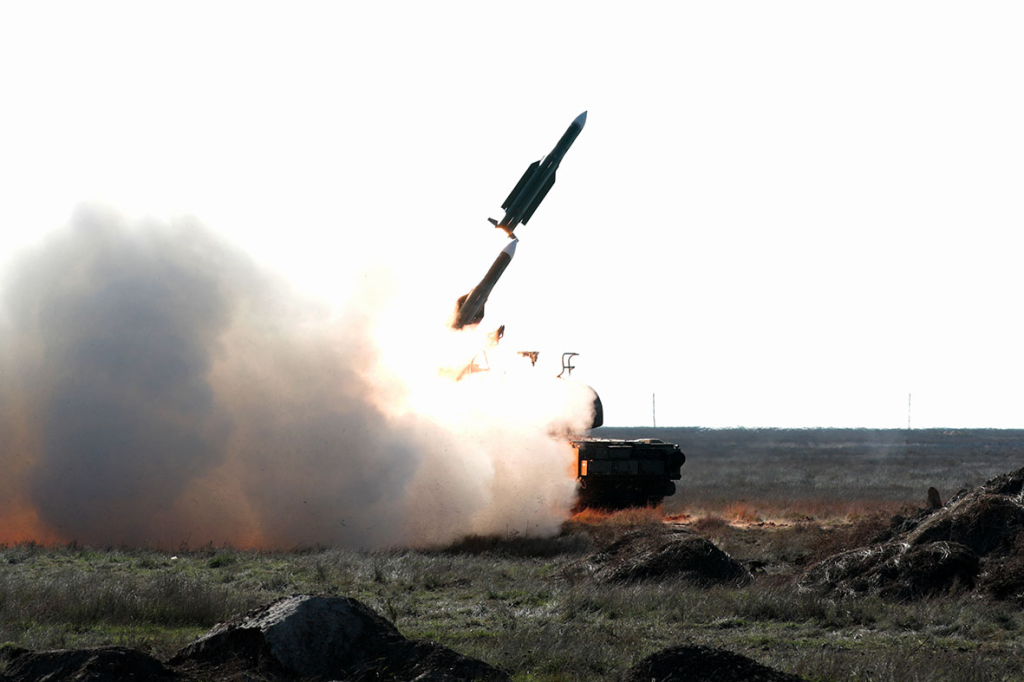
How is a $500 drone capable of taking down a multimillion-dollar air defense system? Ukraine’s recent strike on Donetsk gives us a glimpse answered. In a war characterized by speed, agility, and technological innovation, this mission is an example of the new face of war where unmanned platforms and precision strikes are able to tip the scales in an instant.

Russia’s Buk-M1 launcher sinking was more than a battlefield tactical triumph; it was an object lesson in the destruction that Ukraine’s advanced drone doctrine is unleashing on high-priority targets deep behind enemy lines. Through synergizing reconnaissance, precision-guided ammunition, and relentless pursuit, Ukrainian soldiers dramatized the deadly synergy of modern unmanned warfare. This listicle examines the attack and its broader implications, opening up the tactics, technologies, and strategic shifts that are remaking the battlefield.

1. Activating a $10 Million Air Defense Asset
The Buk-M1, otherwise known as the SA-11/17 by NATO, is a tracked medium-range air defense missile system that can engage multiple targets at altitudes from 15 meters to 22 km and ranges up to 35 km. The disabled launcher of the Ukrainian National Guard was worth $10 million. Its mission set is the involvement of helicopters, fixed-wing aircraft, cruise missiles, and some ballistic threats. Neutralizing such a system not only degrades one critical layer of Russian air defense, but also exposes units nearby to naked attack from the air and by missiles.

2. Two-Stage Strike: From Shelter to Road
The operation was in two stages, according to Militarnyi.
First, Ukrainian drone pilots located and fired on the warehouse that housed the Buk-M1. Infrared video captured explosions that destroyed sections of the building. Second, while the launcher was attempting to flee, operators tracked it down a street and dropped a direct bomb with a bomber drone, igniting its missile payload. This systematic approach is symbolic of Ukraine’s focus on persistence tracking a target to its obliteration.

3. Precision-Guided Drone Bombers Pave the Way
The recent months saw a shift from traditional precision-guided ordnance to multirotor bomber drones away from the traditional towards intimidating air defenses. The Ukrainian Unmanned Systems Forces have been employing such drones to strike Buk-series launchers deep in the rear since October 2024. The Donetsk strike is the trend, illustrating how bomber drones can penetrate improvised shield measures and drop lethal ordnance with precision targetting.

4. ISR and Kinetic Strike Integration
The strike prioritized the integration of ISR drones with kinetic attack vehicles. CSIS believes that the Ukraine battlefield now enjoys a six-week innovation cycle in which ISR units designate targets and forward coordinates to attack drones in near-real-time. This near-real-time detect-to-destroy cycle closes the adversary’s window of opportunity to counter and maintains the surprise.

5. Counter-Electronic Warfare
Russian forces have incurred much on jamming technology, yet the latter has developed with drones being commanded by AI and striking pre-set targets in terminal flight phase, responding to signal interference. Drones are otherwise protected by fiber-optic cables to offer control of up to 10 km and thus are jamming-proof. The effectiveness of these innovations against high-priority, mobile targets is witnessed in the Buk-M1 strike.

6. Strategic Implications of Losing Buk-M1s
Russian troops have, since 2022, lost over 50 Buk-M1 launchers, Militarnyi reports. Every loss diminishes Russia’s capability to respond to Ukrainian air operations and protect valuable assets. The sum of the effect is the weakening of integrated air defense networks, which means Russia must disperse remaining systems and assume more risk in contested environments.

7. Lessons for Future Counter-Drone Warfare
Donetsk operation proves potential and challenge of counter-drone operations. As analyzed in counter-UAV industry analysis, no technology is ever able to neutralize drones across all possibilities. Ukraine’s breakthrough of Russian defenses foretells future air defense strength through layered counter-drone features with electronic warfare, directed energy, and kinetic interceptors.

Ukraine’s destruction of the Buk-M1 in Donetsk wasn’t solely a tactical win it was a blueprint for the future of war, one that will be fought with drones. By combining ISR, precision firepower, and counter-EW agility, Ukrainian troops demonstrated how adaptable tech integration can disable even the most formidable defenses. As the drumbeat of drone war presses on, whichever force masters mastering rapid innovation cycles and layered offense strategy will be the winner of next-generation wars.


